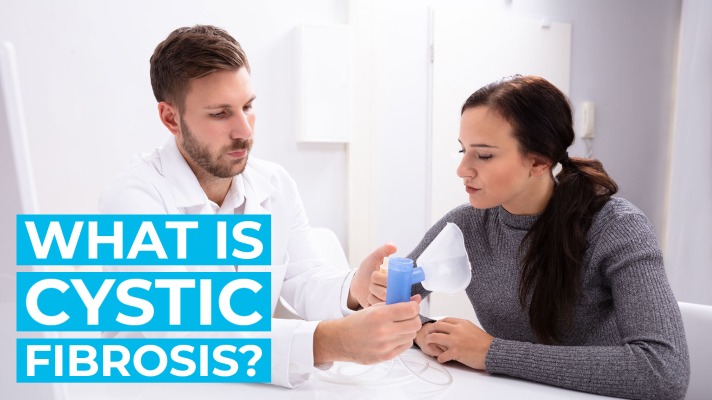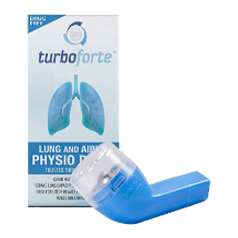
Cystic Fibrosis is a genetic disease that primarily affects the lungs and digestive system by an excessive buildup of thick and sticky mucus. The buildup of this abnormal mucus leads to severe problems with breathing and bacterial infections in the lungs. Consequently, lung failure is one of the leading causes of death among those diagnosed with Cystic Fibrosis. Avoiding germs is a top priority in reducing the risk of infection or other bacterial complications.
Additionally, most people who have Cystic Fibrosis also have difficulties with their digestive system. This is due to the amount of abnormal mucus around the pancreas, the organ that creates enzymes to digest food.
What are some symptoms of Cystic Fibrosis?
- Persistent coughing, often with phlegm
- Wheezing, shortness of breath
- Frequent lung infections including pneumonia or bronchitis
- Extremely salty-tasting skin
- Poor growth/ inconsistent weight gain despite a good appetite
- Chronic sinus infections
- Difficulty with bowel movements
How do you get Cystic Fibrosis?
Cystic Fibrosis is an inherited disease from an autosomal recessive pattern, meaning that it occurs in both female and male parents. Each parent must hold a copy of the gene in order to pass it on to an individual with Cystic Fibrosis, even if they don’t show symptoms or remain unaware.
If two carriers of the gene have a child, there’s a 1 in 4 chance the child will be born with the condition. Additionally, there’s a 1 in 2 chance the child will be a carrier of the gene. According to the Cystic Fibrosis Foundation, more than 70,000 people worldwide are living with Cystic Fibrosis. Approximately 1,000 new cases of Cystic Fibrosis are diagnosed each year.
How do you treat it?
While there is no cure for Cystic Fibrosis, it requires lifelong management. Treatment plans often include physiotherapy, antibiotic therapy, numerous supplements, and daily exercises. Some may be required to do up to 4 hours of airway clearance therapy daily with a flutter valve device. A portable Oscillating Positive Expiratory Pressure (OPEP) device is a popular natural, drug-free method in addition to medical therapy for those living with Cystic Fibrosis, among other chronic respiratory conditions.
How can an OPEP device help those living with Cystic Fibrosis?
The Turboforte Lung Physio is a handheld, drug-free lung relief device that helps clear congestion from airways and lungs by dislodging mucus buildup. Airway clearance is critical to overall health care and can improve breathing comfort for people suffering from lung infections and damage.
The way the Turboforte Lung physio works is through a precisely weighted stainless steel ball that creates vibrations through your airways when you exhale through the device. The movement of the vibrations stimulates the mucus to gradually ascend up the airways until you eventually can cough the mucus up naturally and clear phlegm that may be causing discomfort.
The clearing of congestion from airways encourages increased lung capacity and enhanced breathing.
The precisely weighted stainless steel ball is optimized in our Class 1 Medical Device to achieve the maximum effect of Oscillating Positive Expiratory Pressure (OPEP).
Can it be trusted?
Registered and approved by the U.S. Food and Drug Administration (FDA), the Australian Governments Therapeutic Goods Association (TGA), and the European Union’s (EU) standards for health and safety, the Turboforte Lung Physio is medically and globally trusted.
Turboforte Lung Physio has been a trusted therapy since 2009. It has been recommended by healthcare professionals and used in hospitals worldwide. It is proudly Australian Owned and is manufactured using strict quality control with medical grade materials.
Discover more about the medical benefits of the Turboforte Lung Physio here or purchase one for yourself today.
While Turboforte is a drug-free, all-natural way to help and can be used in conjunction with your usual treatment regime, always seek the guidance of your doctor or other qualified health professional with any questions you may have regarding your health or a medical condition. Never disregard the advice of a medical professional, or delay in seeking it because of something you have read that contradicts your doctor’s personal advice.




